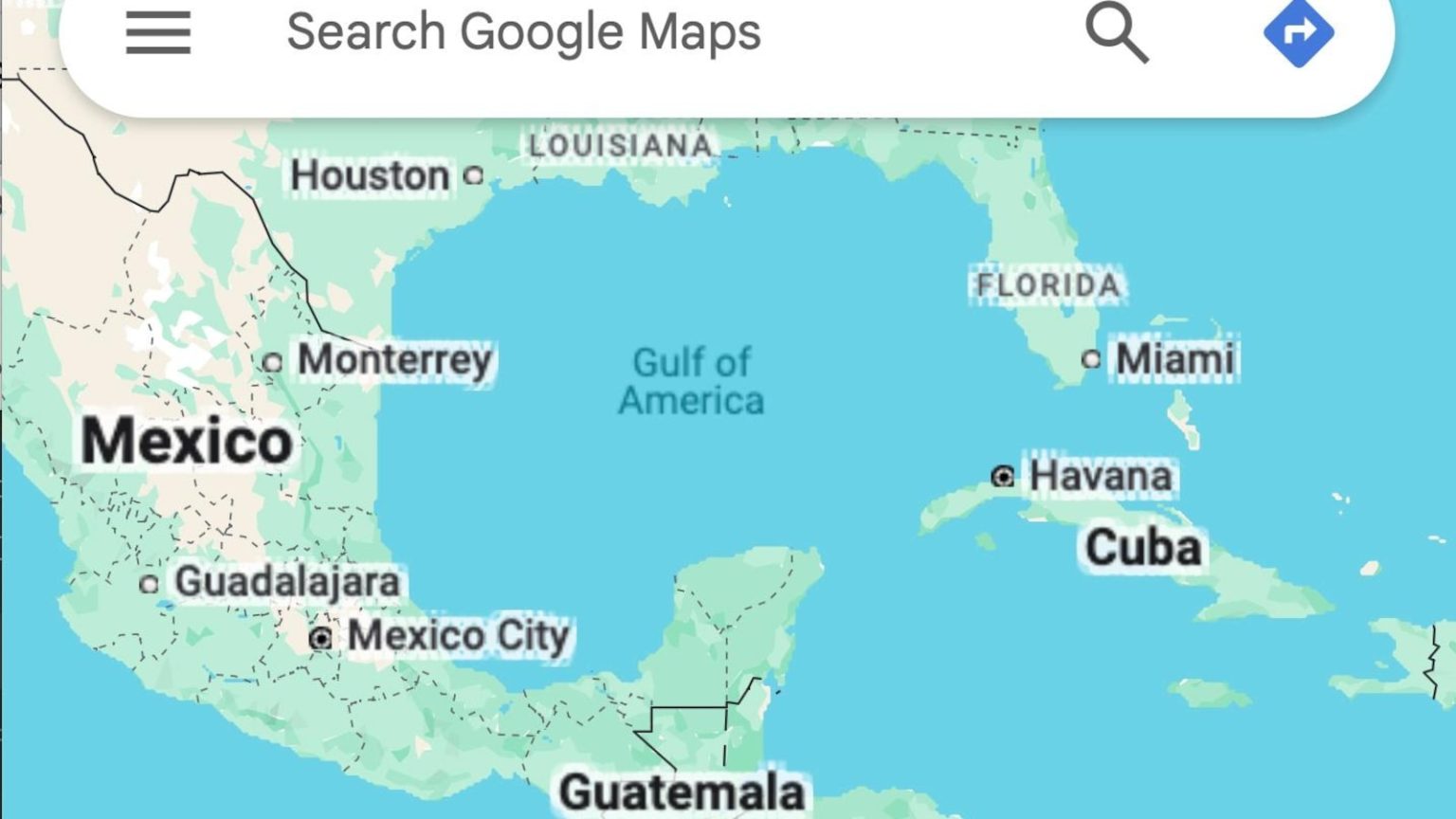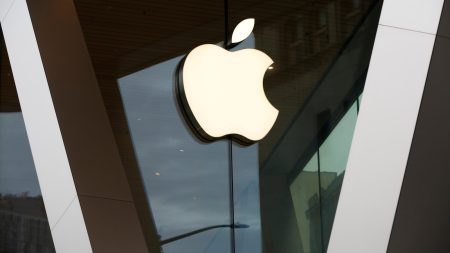Google’s Shift in Cultural and Geographic Representation: Understanding the Changes
Introduction to Google’s Recent Changes
In a notable move, Google has recently made significant changes to two of its key services: Google Calendar and Google Maps. These updates have sparked discussions about the representation of cultural events and geographic names. This shift is part of a broader effort by Google to streamline its services, though it has also raised important questions about diversity, inclusion, and the role of technology in reflecting cultural identities.
The Streamlining of Google Calendar
Google Calendar users have noticed a change in the default holidays and cultural events displayed. Events such as Pride Month, Black History Month, Indigenous Peoples Month, and Hispanic Heritage Month are no longer automatically included. This change, implemented in mid-2024, marks a return to using data from timeanddate.com, which focuses on public holidays and national observances. Google had previously manually added a wider range of cultural events but found the process unsustainable due to scalability issues. Users are now encouraged to add these events manually, emphasizing personal customization over automatic inclusion.
Implications and Reactions to the Calendar Update
The removal of these cultural events has been met with concern from users, who believe it diminishes the visibility of important cultural and historical moments. While timeanddate.com provides a comprehensive list of holidays, its focus is more on public observances rather than cultural awareness events. This shift underscores the tension between automation and the nuanced representation of diverse cultural identities in digital platforms.
Google Maps Reflects Geographic and Political Changes
Another notable change by Google is the renaming of the Gulf of Mexico to the Gulf of America on its Maps service, following an order by President Trump. Users in the U.S. now see the new name, while international users still see both names. Similarly, Denali, the highest mountain peak in the U.S., has reverted to its former name, Mt. McKinley, reflecting updates in official government sources. This change aligns with Google’s practice of adapting to official name changes, though it highlights the influence of political directives on digital platforms.
Impact of Geographic Name Changes
The decision to update geographic names has broader implications, as it affects how regions are perceived and identified. The renaming of the Gulf of Mexico reflects political influences and raises questions about the neutrality of digital platforms in representing geographic data. Apple and Microsoft’s Bing have also made comparable changes, indicating a trend in the tech industry to comply with government directives, even when they are politically charged.
Shifts in Diversity Hiring Practices
In addition to these changes, Google has announced plans to revise its diversity hiring targets, following an executive order aimed at pressuring government contractors to scale back diversity initiatives. As a federal contractor, Google has expressed the need to evaluate required changes, reflecting a wider trend in U.S. companies adjusting their DEI programs in response to political pressures. This shift highlights the evolving landscape of corporate diversity initiatives and the challenges companies face in balancing compliance with their commitment to inclusive practices.
Broader Implications of Google’s Changes
Google’s recent changes—whether in Calendar, Maps, or hiring practices—underscore the complex interplay between technology, culture, and politics. These updates reflect a broader tension in the tech industry: the push for efficiency and scalability against the need to represent diverse cultural identities and maintain inclusivity. As Google and other tech companies navigate these challenges, their decisions will continue to shape how we experience and interact with digital platforms, influencing not just user experience but also cultural and political discourse.















